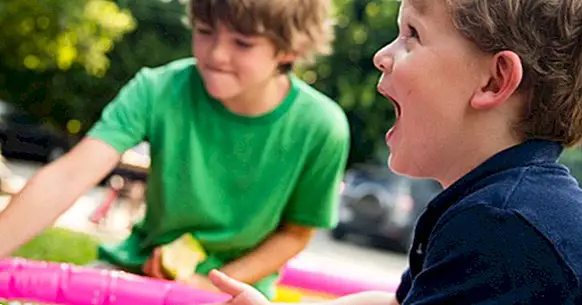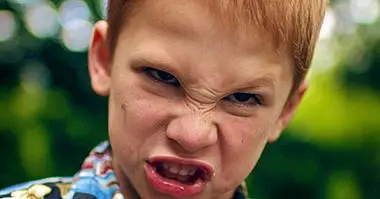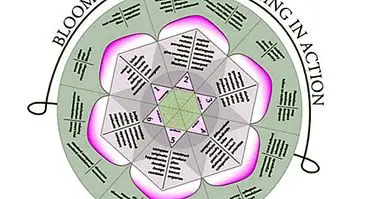How to educate children so they are not racist: 4 tips
Racism remains a reality that is embodied in virtually all aspects of society. Virtually all countries suffer from this phenomenon, the result of irrational beliefs rooted for centuries, and fight against this type of discrimination is necessary to get to socialize well.
On the other hand, racism is not just an adult thing. Its symptoms appear already in childhood, and in this life stage can lead to episodes of cruelty and suffering without any sense: school bullying, marginalization, ridicule, prejudice, etc. In this article we will see several tips on how to educate children so that they are not racist .
- Related article: "The 8 most common types of racism"
Educate children to reject racism
Keep in mind that racism, to exist, does not need to have internalized before a very developed concepts about what is a race, or how it is supposed to behave the black population, the white or similar. It is based, fundamentally, on prejudices that arise from the interpretation of certain aesthetic features .
This means that children can begin to develop racism almost spontaneously, without needing to "memorize" anything, simply by exposing themselves to dynamics of interaction between people who have a racist content. Passively, they begin to learn that those who have a certain physical appearance, dress in a certain way or speak in a concrete way, behave in a certain way.
Knowing this, let's see what to do to educate children away from racism.
1. Do not make people see that racialized people do not exist
The first step to fight against racism is recognize that there are a series of characteristics by which certain groups of people are discriminated by factors linked to their appearance or their family origin. It is not viable to make people see, for example, that there is not something called "black people" or "white people".
The key is, however, that from the rejection of racism these differences between people are seen as cultural constructs, something that has arisen from how we interpret reality, and not as something that is present in human biology regardless of whether we think in it or not. That is, despite the fact that for biology the concept of human races has no meaning, yes you have it for the social sciences .
Thus, to express without complexes that there are racialized people (that is to say, those who have historically been discriminated against because of characteristics such as their skin color) is necessary to move towards the next steps to educate in the awareness of the condemnation of racism .
- Maybe you're interested: "Educational psychology: definition, concepts and theories"
2. Teach why there are groups of people with different traits
Obviously, to girls and very young children it is not possible to explain the ins and outs of genetics , but it is good to make clear that those traits to which a racial interpretation is attributed are like any other physical trait, such as being taller or shorter, having more or less large teeth, etc.
This is important so that they understand that the appearance does not tell us anything about the personality of someone in particular, nor about their interests, their language, etc.
3. Explain that there are conflicting visions
It is useless to talk about racism to children as if there were no social problem linked to it. That is why you have to prevent them by explaining that some people do believe that the characteristics associated with races add or detract from people or even describe their way of thinking and feeling, and at the same time show why they are wrong .
Fundamentally, the idea that must be defended is that any person, regardless of their appearance or if they fit more or less with racial stereotypes, can be good or bad, shy or sociable, distrustful or warm, or in any other way in which Regarding their way of being and behaving. Racism does not arise from the bodies of people, but from situations of injustice that occurred a long time ago (slavery, conquest, etc.) and whose effects are still felt in the beliefs of many people.
It is true that racism does not only have an origin based on beliefs and that there are other material factors that feed it (for example, certain types of borders), but it is better to give up such complex explanations so that the main message is better understood.
It is also good to give examples of the usual arguments used by racist people to try to defend their attitude, so that they know how to recognize some of them in the future and, at that moment, remember the explanation related to why that is not said true.
4. Do not link races to regions
It is important that children are clear that the territories do not have races, and the races have no territories . For example, a person with slanted eyes is not "Asian", since in Asia many people live who do not have that characteristic and many people with that trait live out there.
Of course, to understand that these features are more common in certain areas, you can teach some very basic notions about how life does not remain static, but changes through time (evolution) and space (migrations).



















